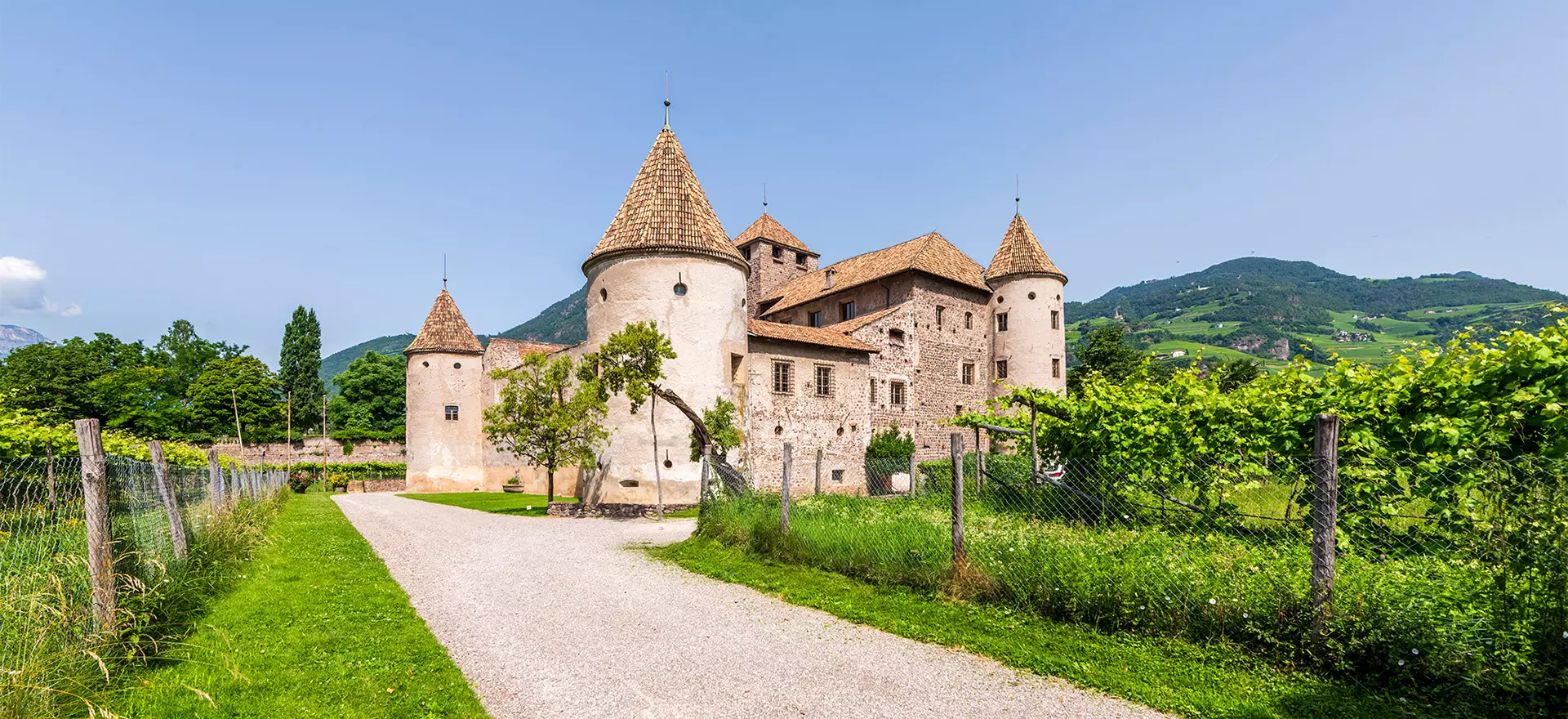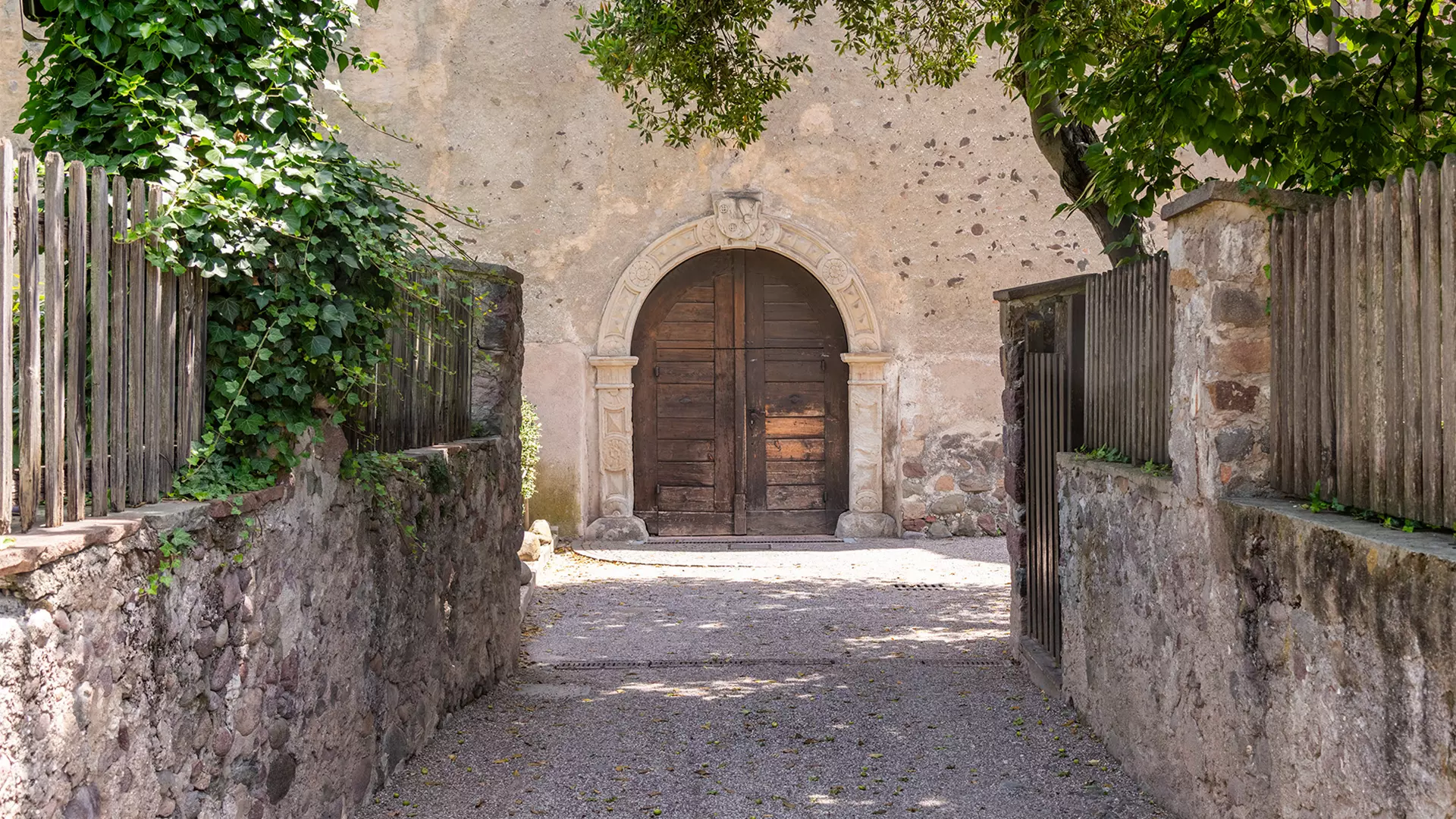The History of the castle
The first recorded mention of Maretsch Castle comes from 1273, when the small Romanesque fortress was the property of the “di Mareccio” family who were members of Bolzano’s bourgeoisie, later be promoted to the ranks of the nobility.
In the 15th century, the castle became the property of the Römer family. During this time, the west wing was constructed. In the early 16th century, the fortifications were extended, and four circular towers were added. The main tower was ultimately transformed from an ancient watchtower into a panoramic tower.
In 1549, Maretsch Castle underwent a thorough renovation, becoming a classic fresco-adorned Renaissance residence. Throughout the 16th century, the castle also served as a focal point for nobles who had embraced the Protestant faith, as evidenced by the beautiful frescoes commissioned by the castle owner, Lukas Römer.
With the death of the last heir of the Römer family, the castle first passed to the Hendl family, and later to the Thun family. Maretsch Castle remained in their possession until 1851 when Karl Thun sold it to Countess Anna von Sarnthein who subsequently leased Maretsch Castle to the treasury, which used the castle as an arsenal.
From 1919 to 1973 Maretsch Castle served as a State Archive. In 1974 it was acquired by the city of Bolzano and converted into a congress centre and venue for cultural events. A major restoration project was carried out in 2003-2004.
Since 2007, the castle has been managed by the Castles of Bolzano Foundation.



